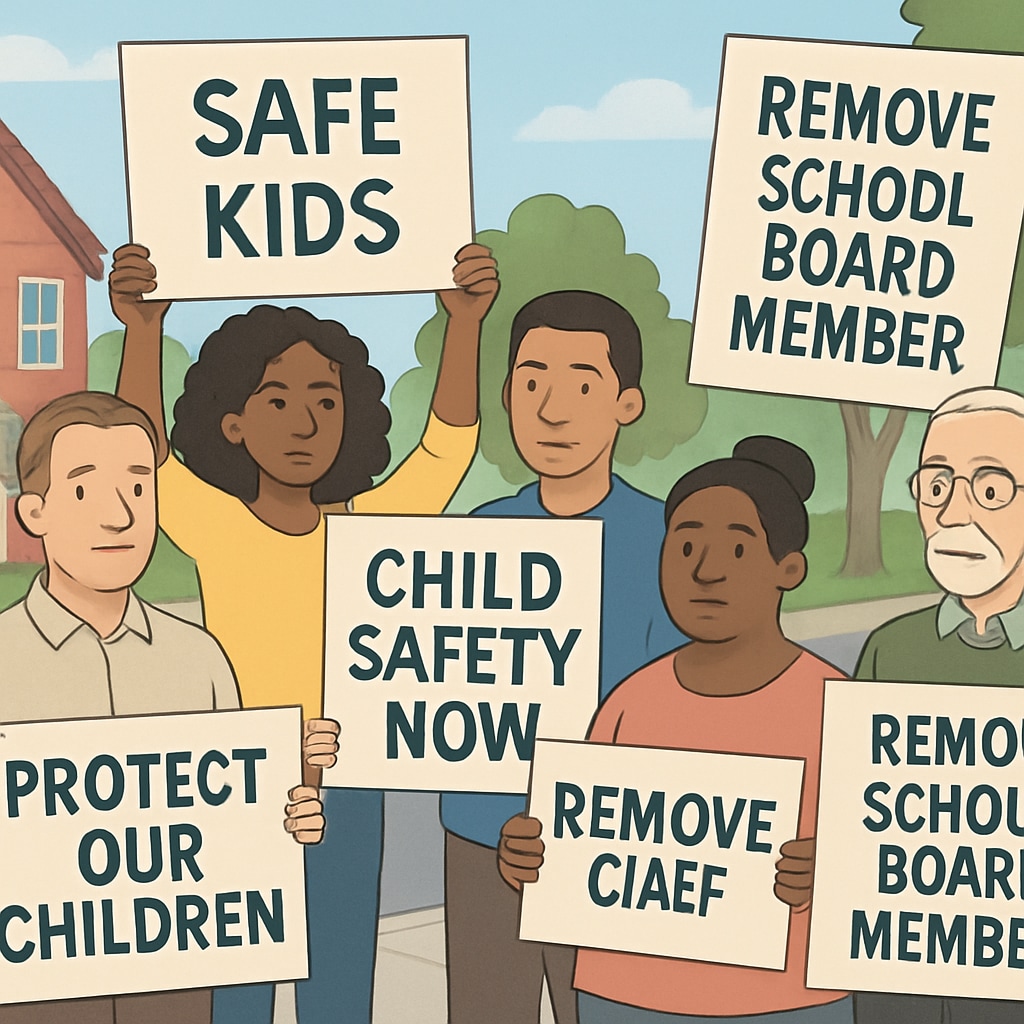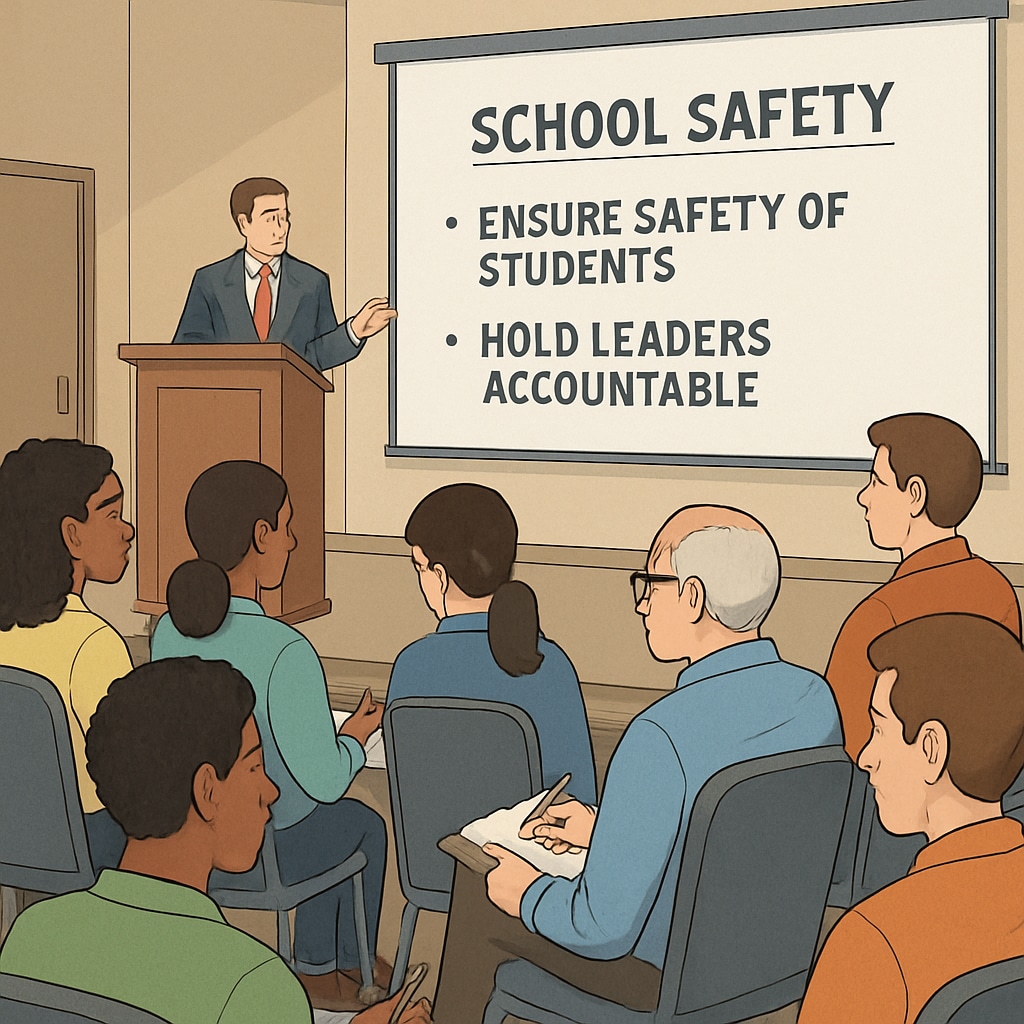Ensuring the safety of our children is a top priority for parents and community members alike. However, in rare yet critical instances, individuals with a history of child abuse may hold positions of influence, such as serving on school boards. Addressing this issue requires a multi-faceted approach that includes legal procedures, organized community action, and consistent public oversight. This article provides a detailed guide on how to remove school board members with a history of child abuse, empowering communities to safeguard their educational environments.
Legal Procedures: The First Step to Accountability
One of the most effective ways to address the presence of a school board member with a history of child abuse is through legal channels. Laws governing school board appointments and removals vary by region, so it’s crucial to familiarize yourself with local legislation. For example, many jurisdictions have statutes that allow board members to be removed for misconduct or criminal activity.
- Research applicable laws: Investigate whether any legal provision explicitly prohibits individuals with a history of child abuse from serving on school boards.
- File official complaints: Gather evidence and file complaints with relevant authorities, such as the Department of Education or local school governance bodies.
- Engage legal professionals: Consult with attorneys specializing in education law to strengthen your case and navigate complex legal procedures.
Legal action is often the most direct route, but it can take time and resources. Therefore, coupling legal efforts with community mobilization is essential.

Community Mobilization: Harnessing Collective Power
Community action is a powerful tool that can amplify concerns and push for change effectively. Parents, teachers, and local residents can unite to demand accountability and transparency from school board members. Here’s how to organize a successful movement:
- Build coalitions: Collaborate with parent-teacher associations, advocacy groups, and local organizations to create a united front.
- Host public forums: Organize town hall meetings to discuss the issue openly and raise awareness among community members.
- Launch petitions: Use online platforms to gather signatures demanding the removal of the individual in question.
- Engage local media: Work with journalists to share your story and garner public support through news outlets and social media.
Community mobilization not only raises awareness but also puts pressure on governing bodies to act swiftly and decisively. Combined with legal actions, it forms a robust strategy for change.

Public Accountability: Monitoring and Advocacy
Even after initiating legal and community efforts, maintaining long-term oversight is critical. Public accountability ensures that school boards act in the best interest of students and families. Advocacy groups and concerned citizens can play a vital role in this by:
- Monitoring board decisions: Attend school board meetings regularly and scrutinize actions taken by members.
- Demanding transparency: Push for open records regarding board member backgrounds and decisions.
- Educating the public: Share updates and resources on social media to keep the community informed and engaged.
- Lobbying for policy changes: Advocate for stricter screening processes during school board elections and appointments to prevent similar situations in the future.
For example, organizations such as Britannica’s Child Abuse Resource provide valuable information to help educate communities on the importance of safeguarding children and preventing abuse in institutional settings. Additionally, Wikipedia’s School Governance page offers insights into the roles and responsibilities of board members, helping communities understand their rights and options.
By combining legal procedures, community mobilization, and ongoing public advocacy, stakeholders can create a safer and more transparent educational environment for children. These efforts not only address immediate concerns but also set a precedent for higher accountability in the future.
Readability guidance: Use concise paragraphs and bullet points to summarize actionable strategies. Incorporate over 30% sentences with transition words (e.g., however, therefore, as a result) to improve flow. Maintain an active voice throughout the article and prioritize clarity.


